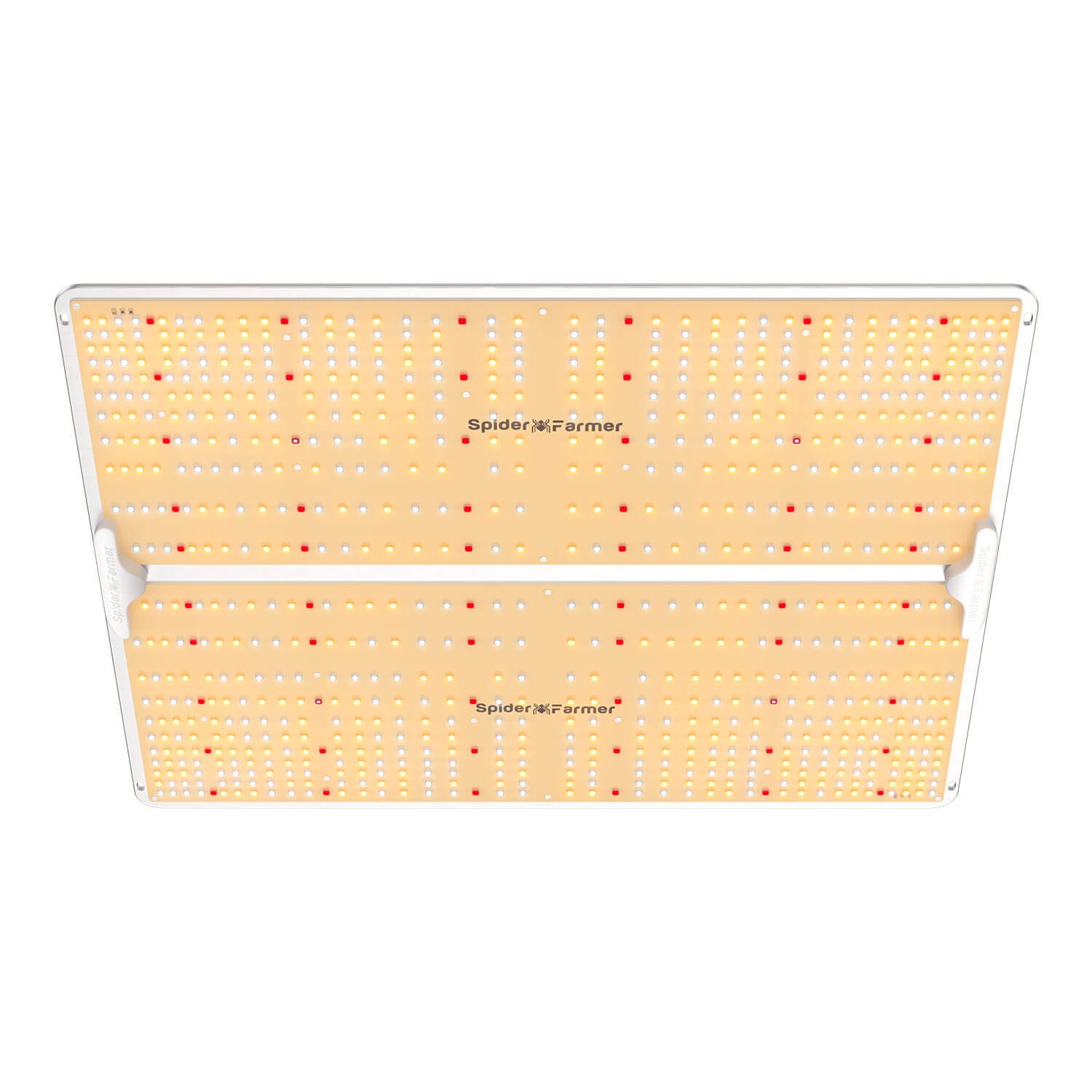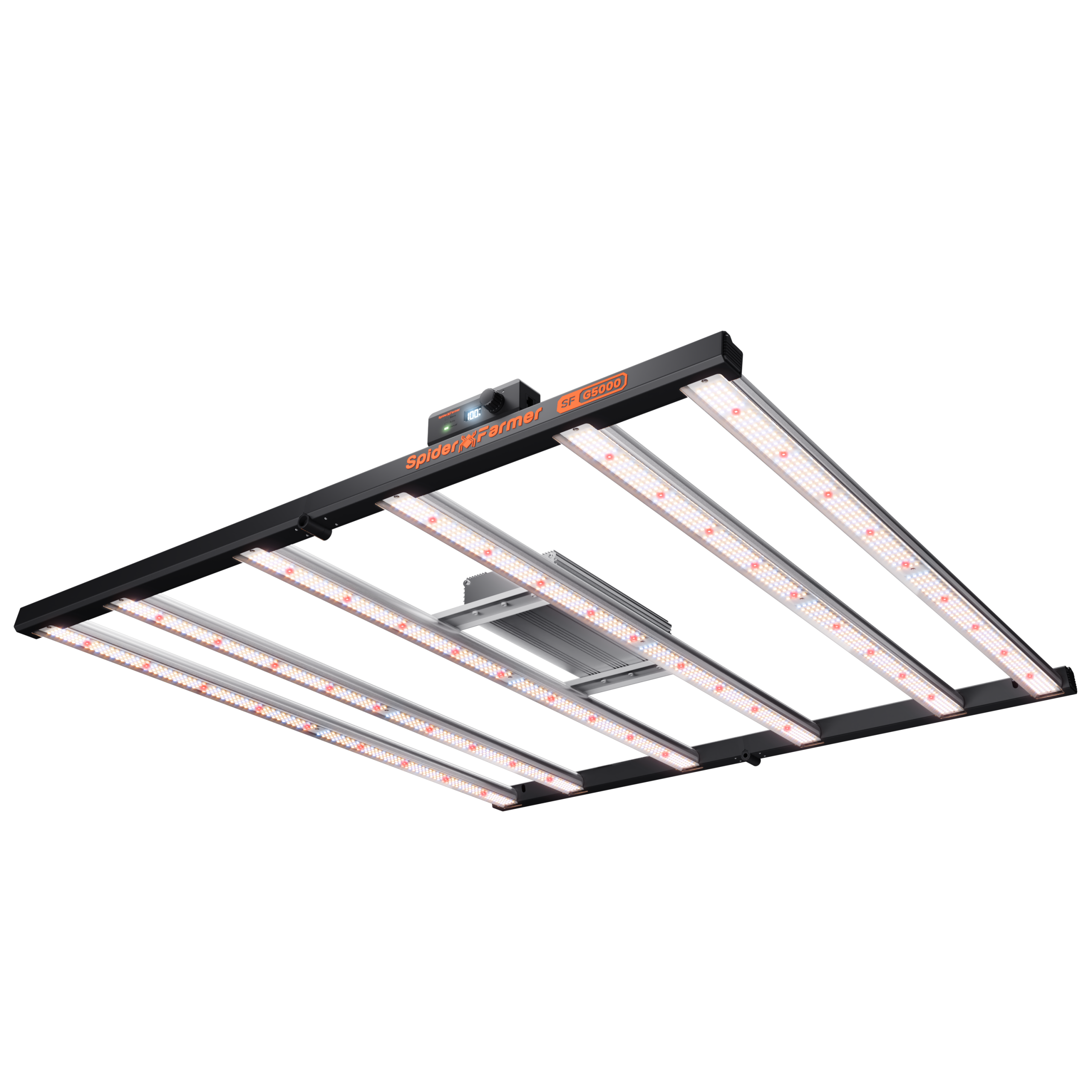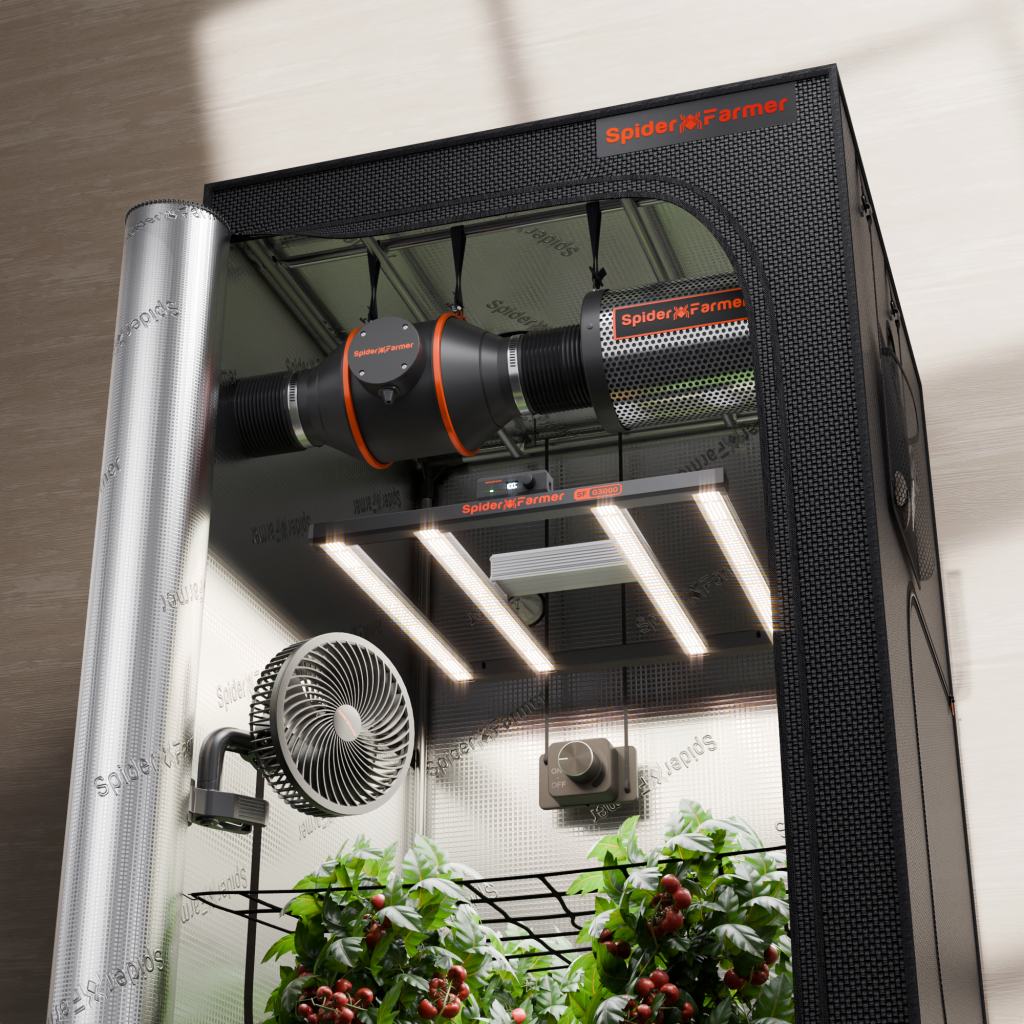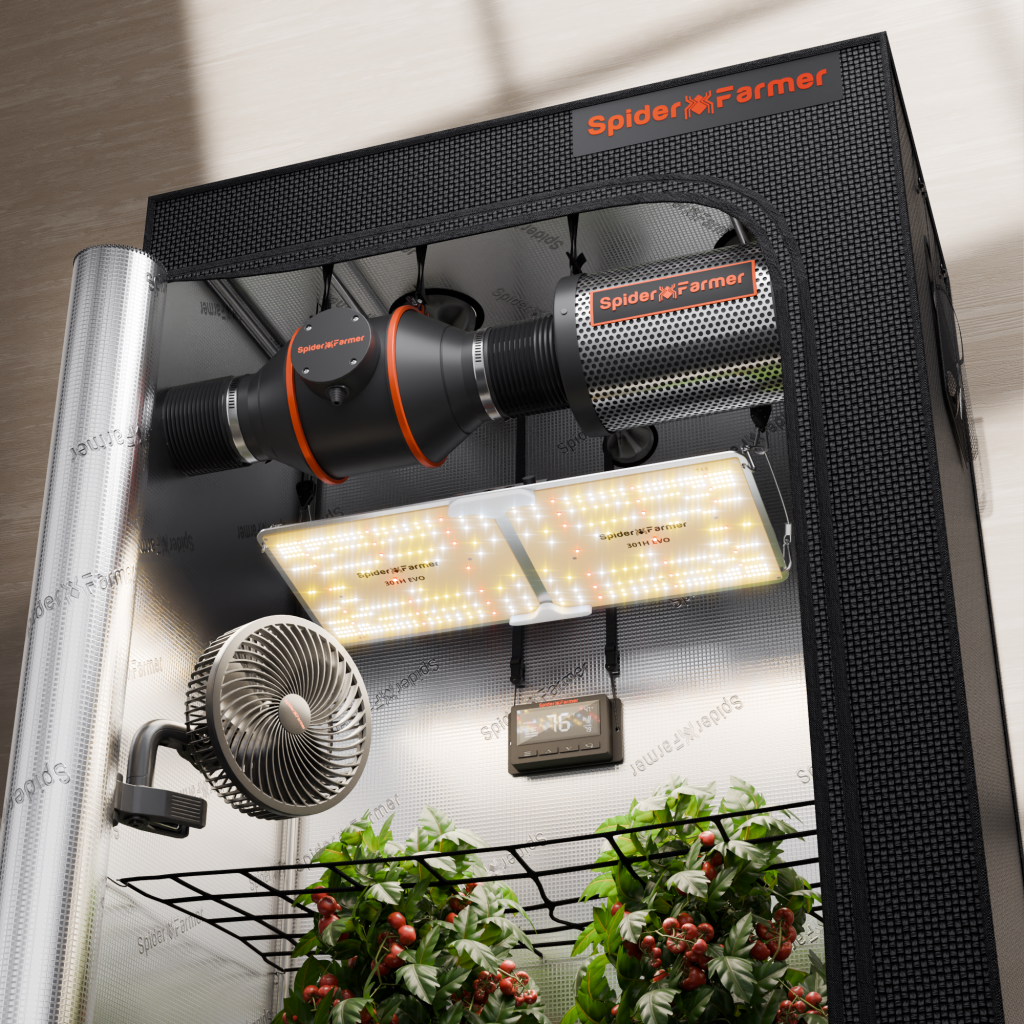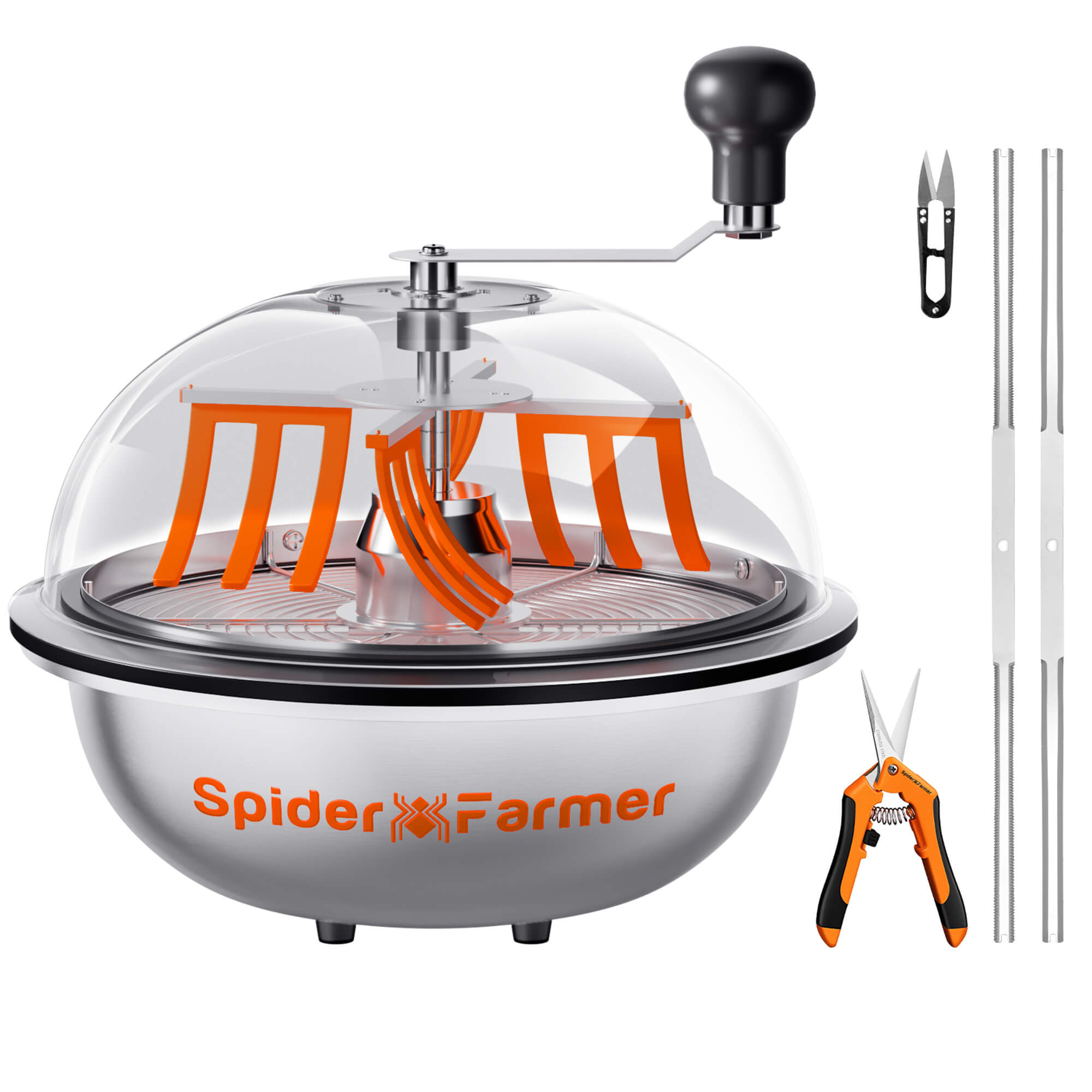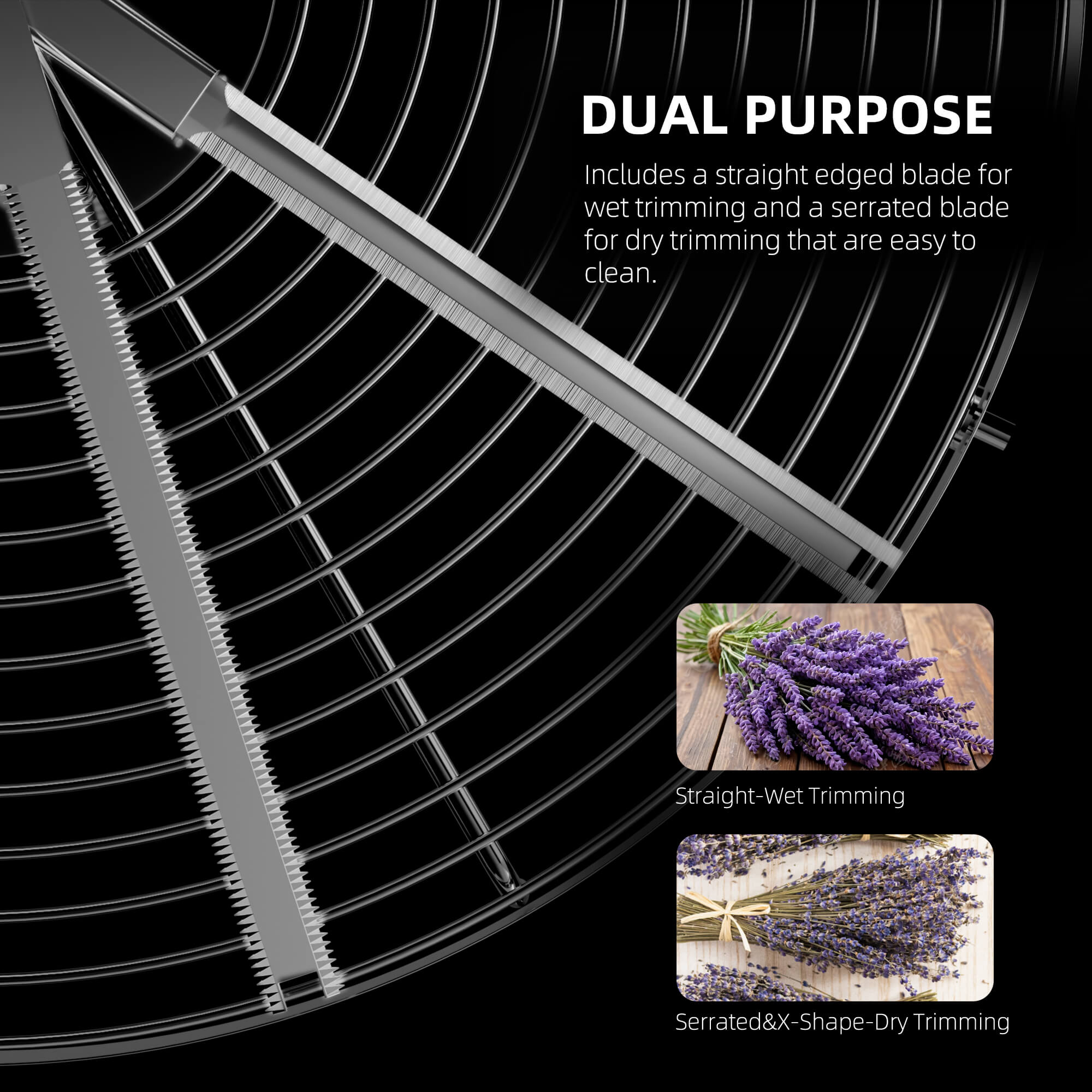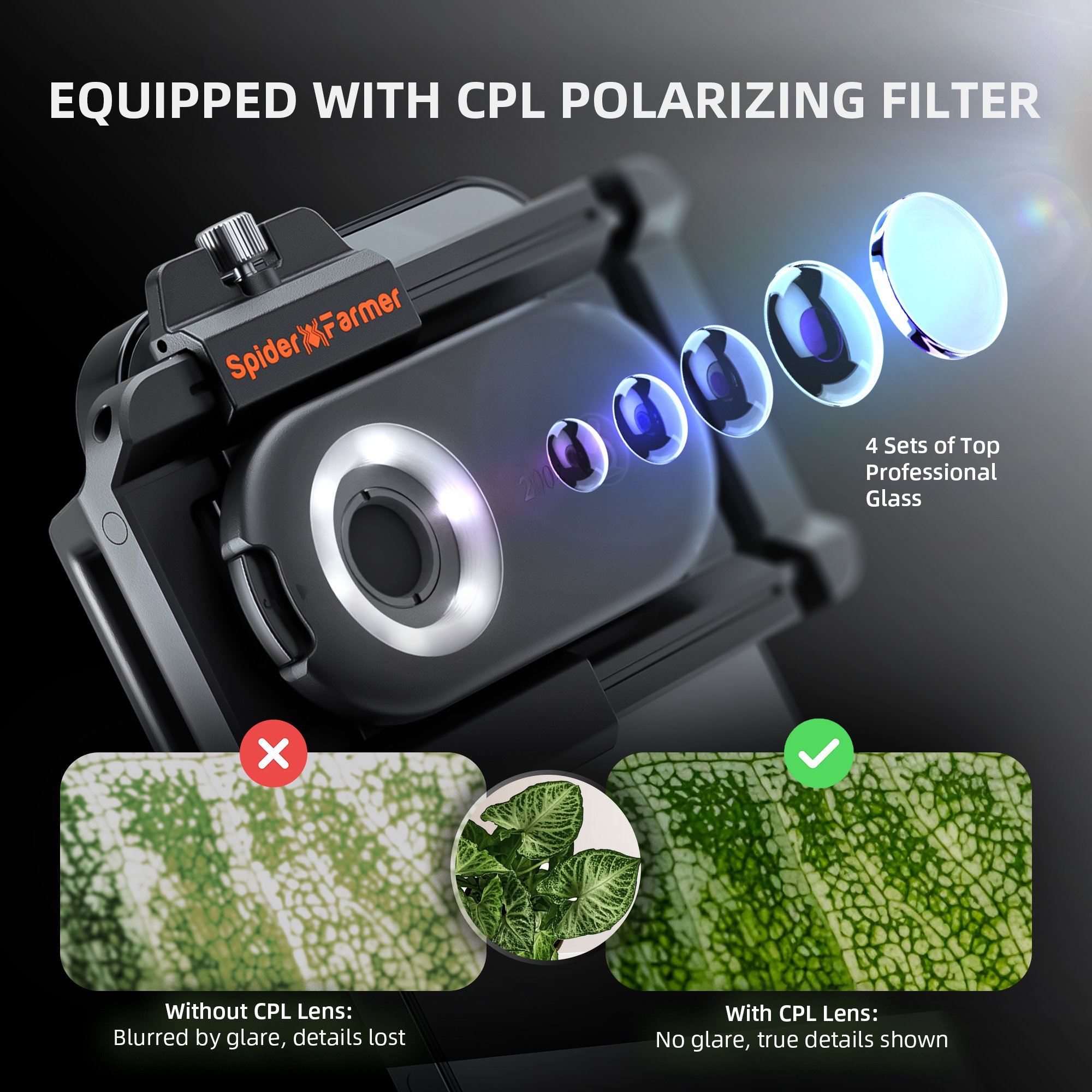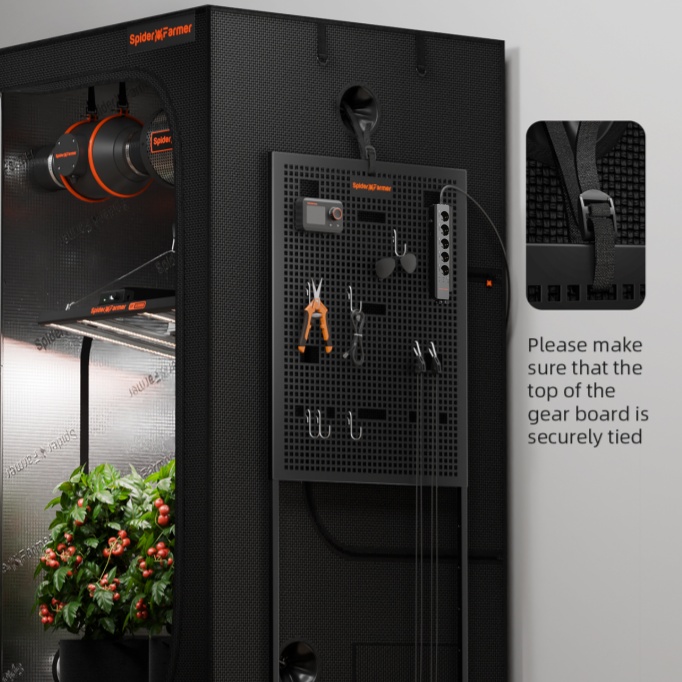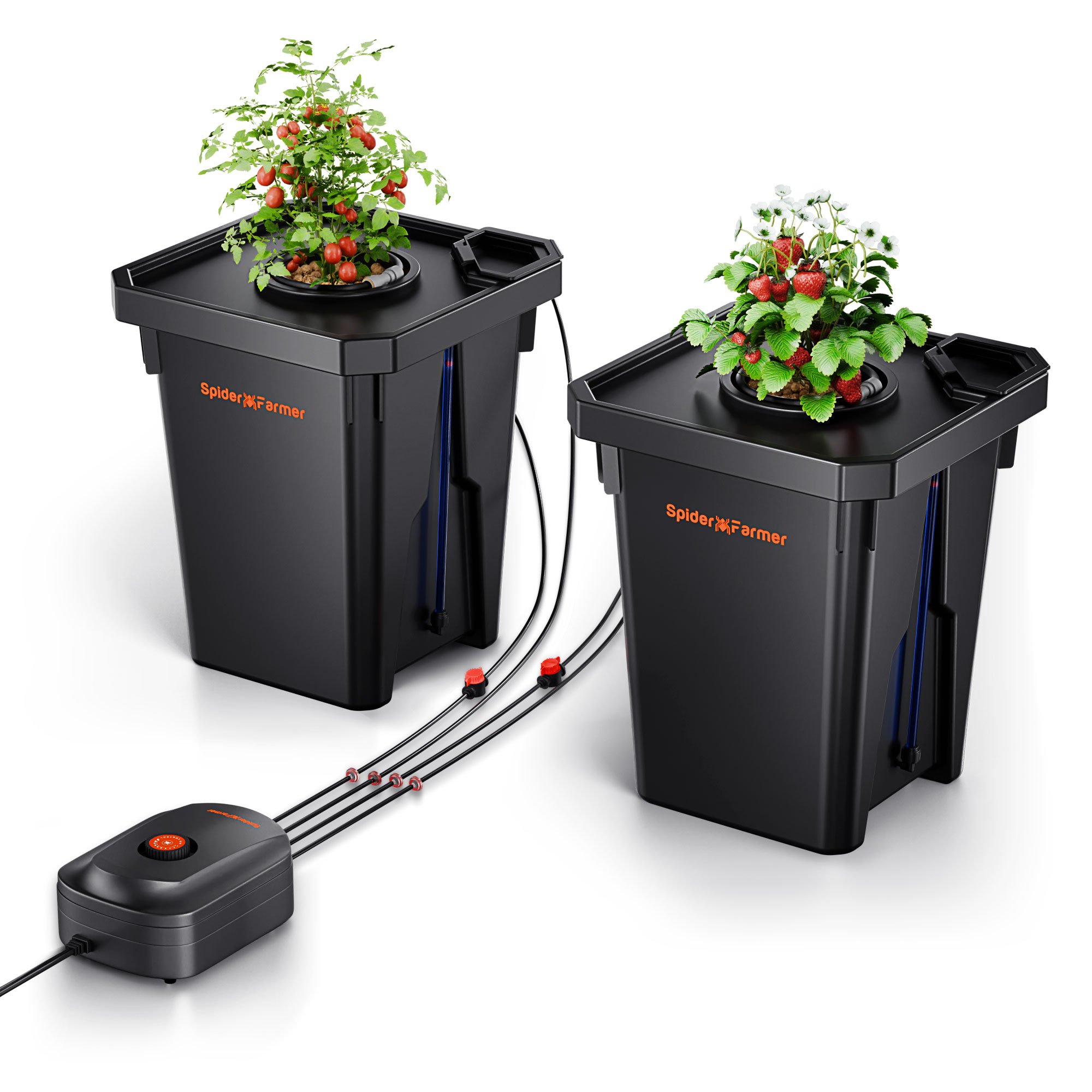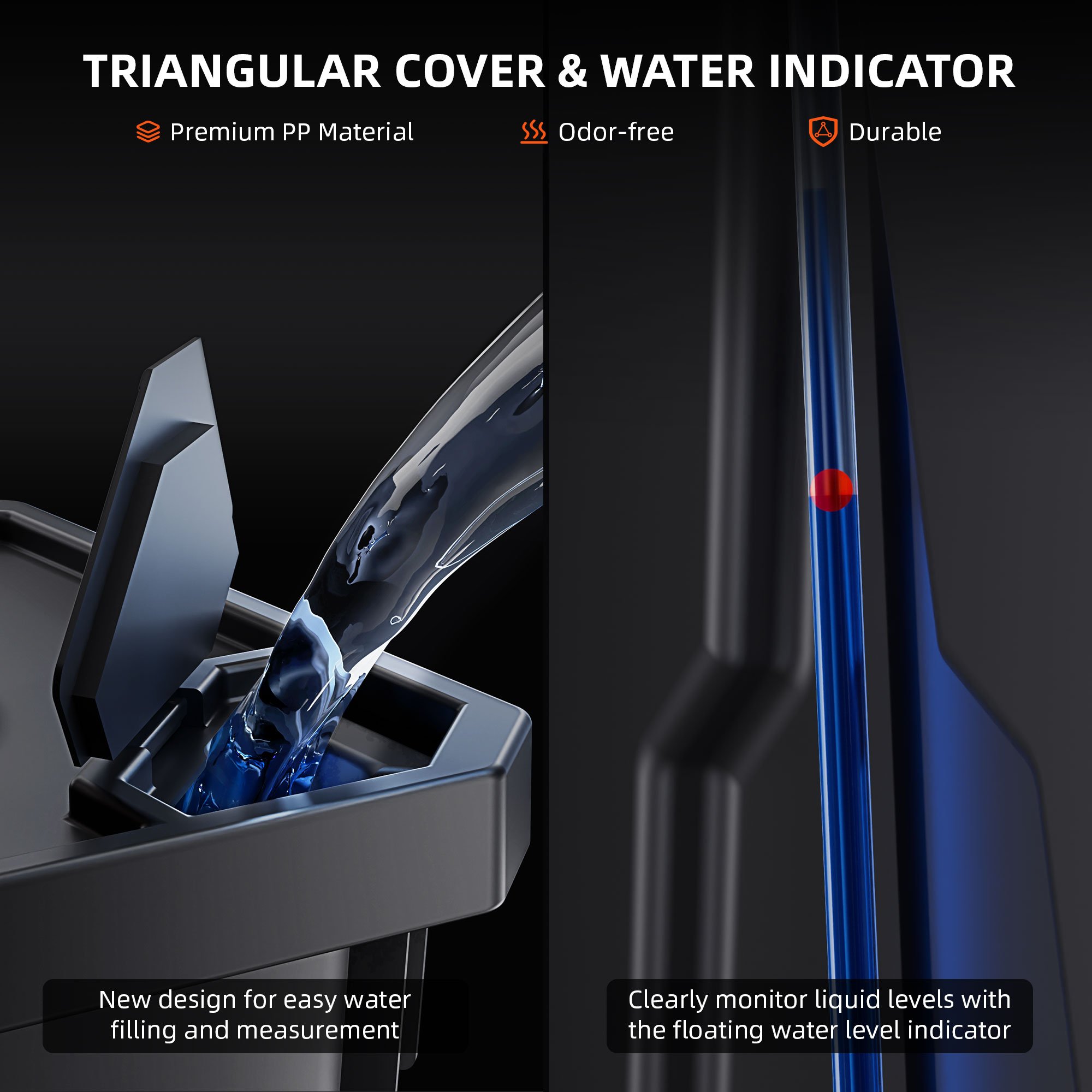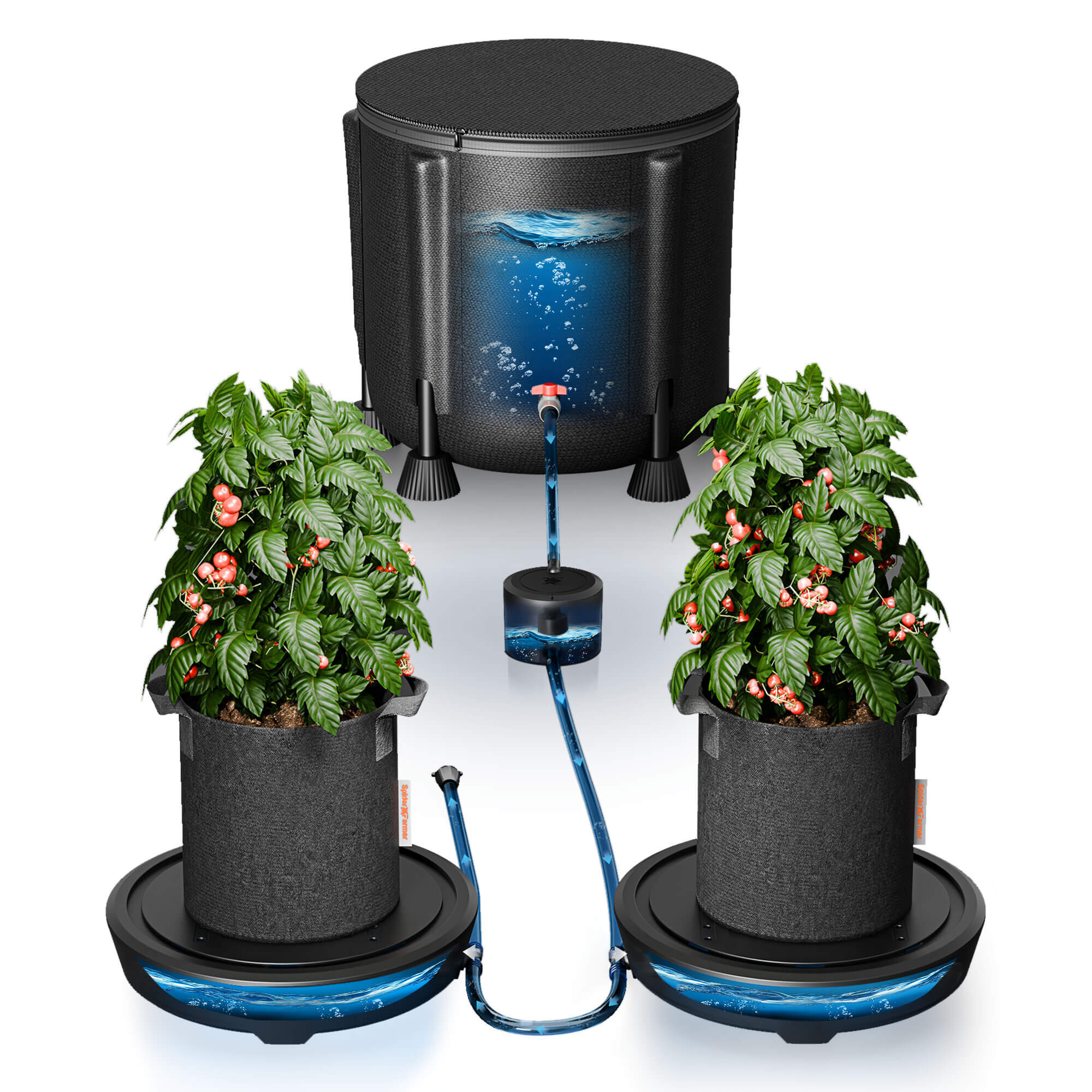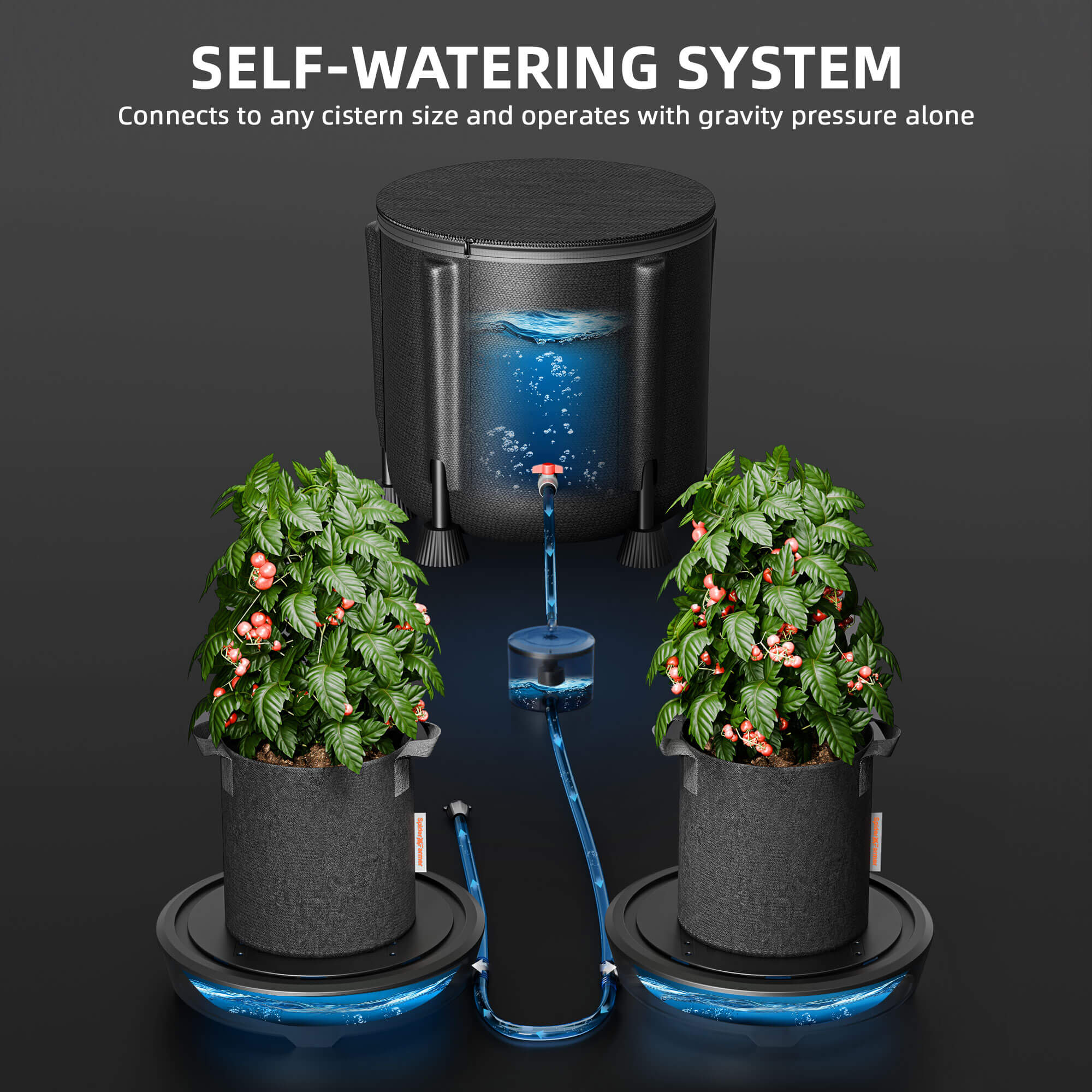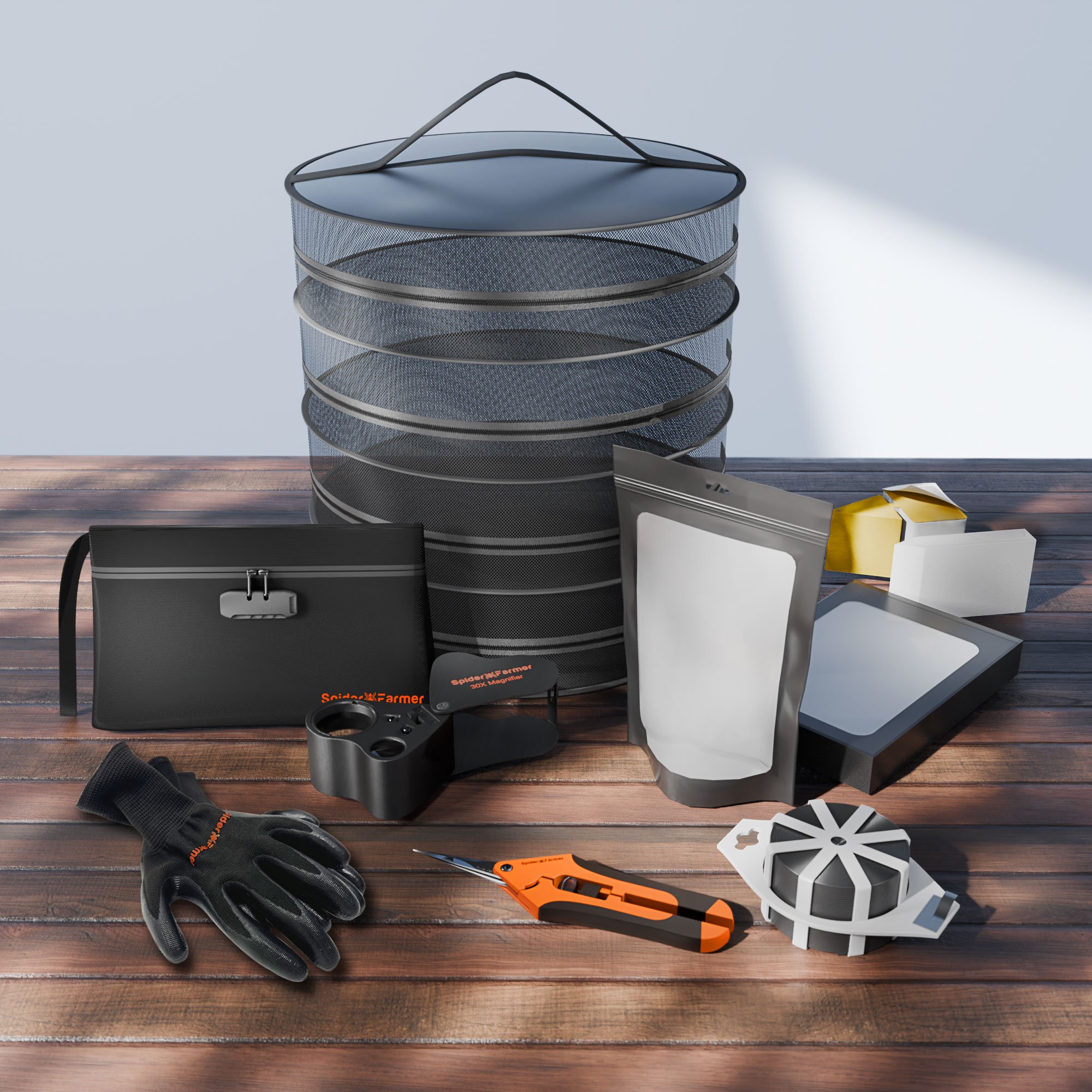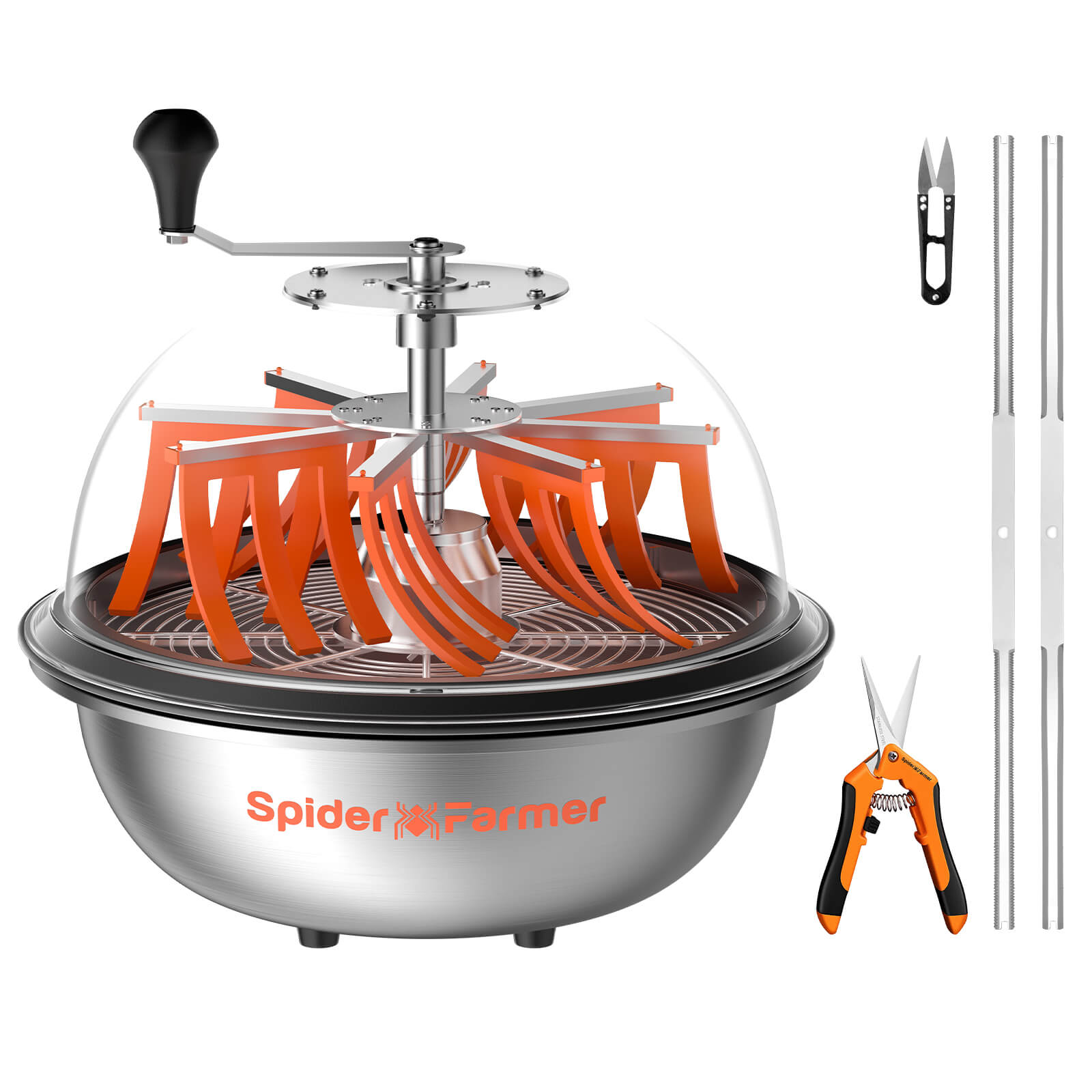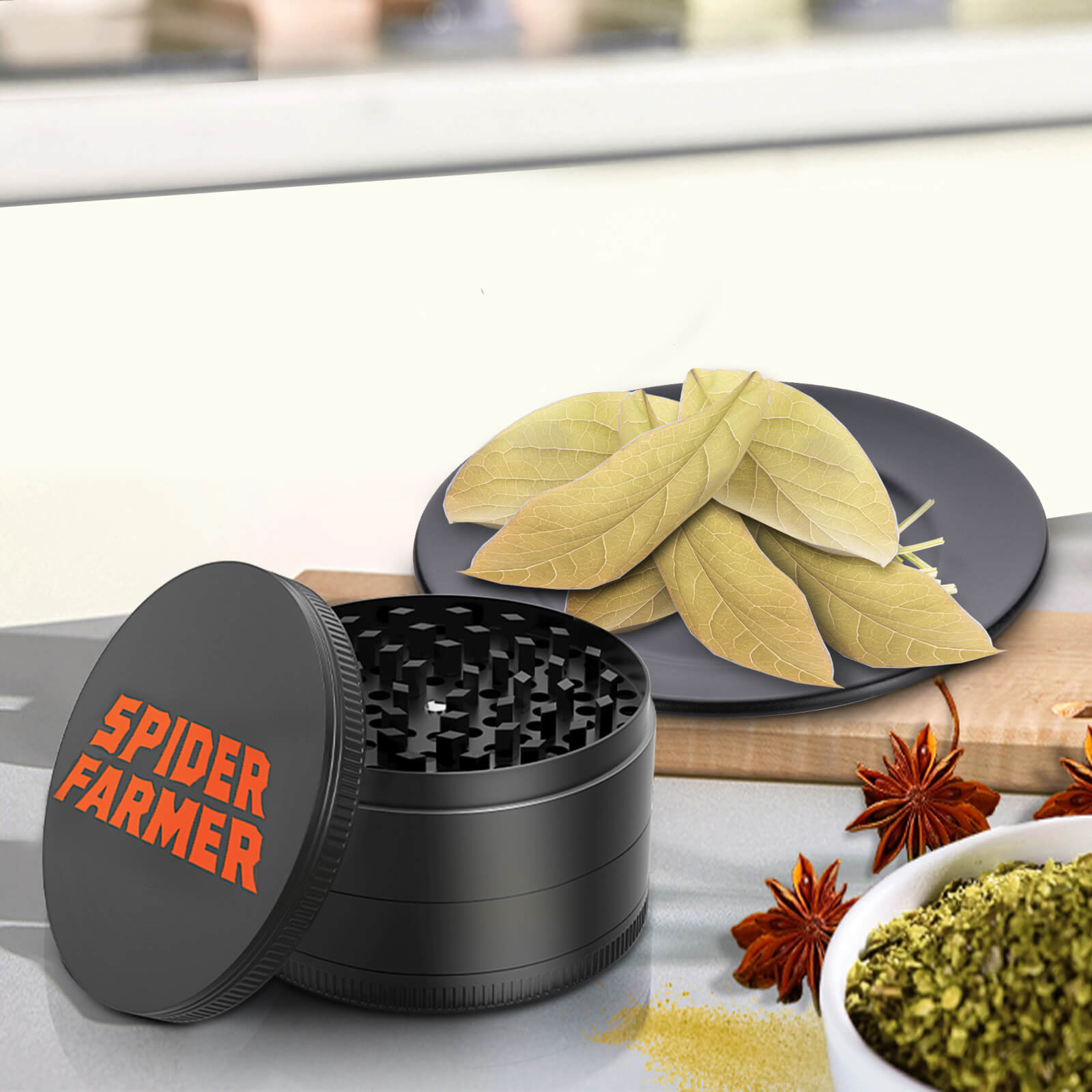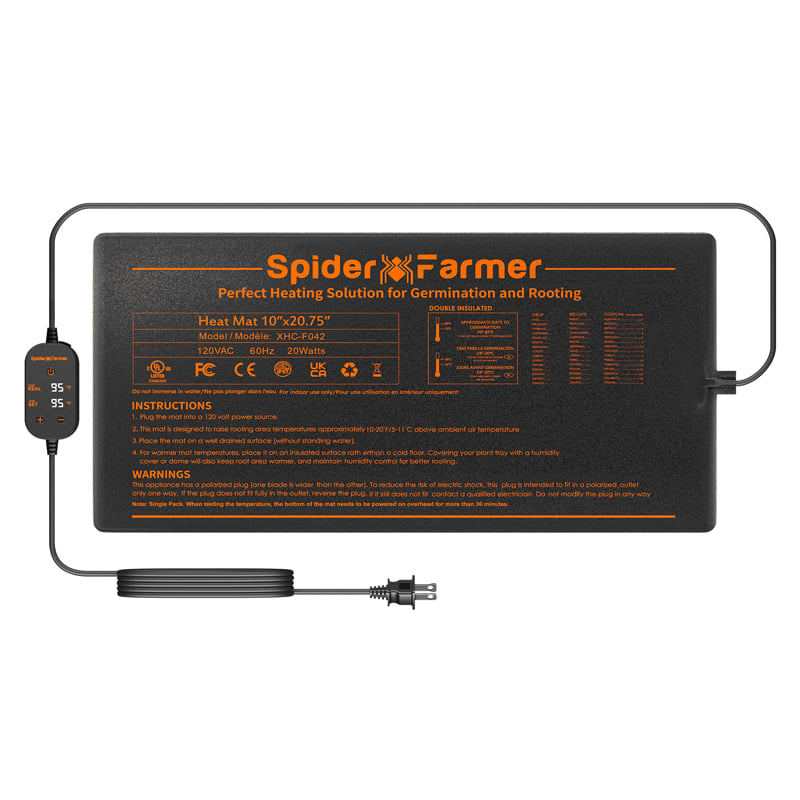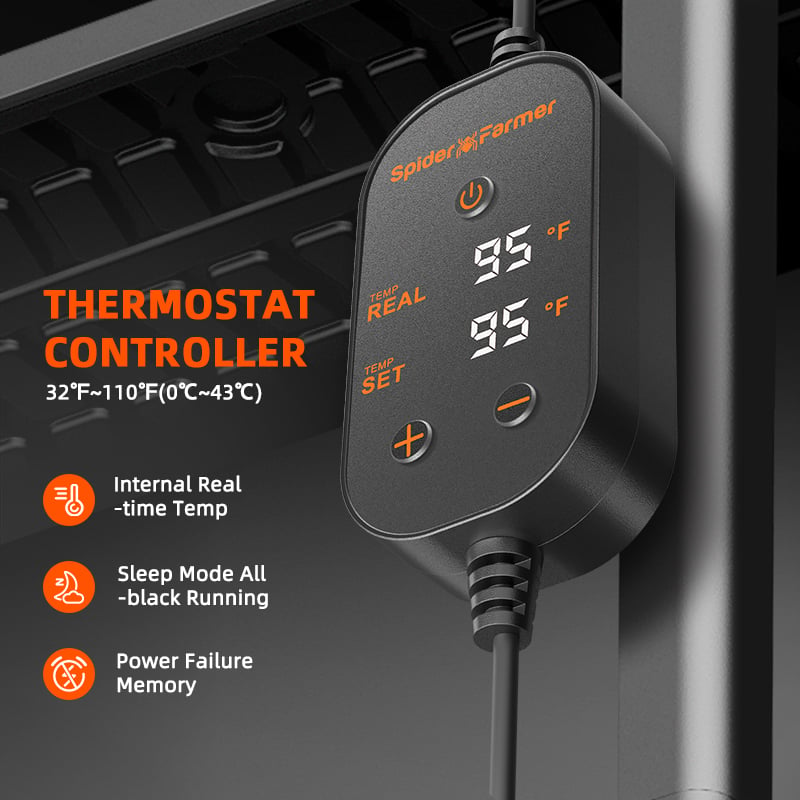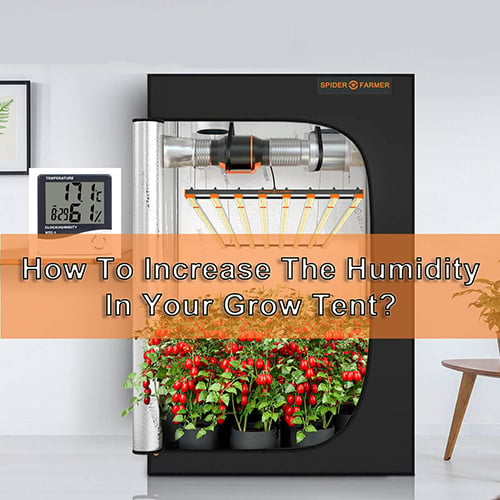Setting up your grow tent to ensure sufficient humidity can be a bit of a hassle for a grower. But not to worry, help is here! This article explains what grow tent humidity is, why it is important, and how you can increase it to optimal levels to facilitate maximum growth and development.
What is humidity, and why is it important?
Humidity is the measure of the amount of water vapor present in the surrounding air. Humidity is high when there is a lot of water vapor in the air and low when the amount of water vapor is low. Water vapor is the gaseous state of water and is invisible to the human eye. The amount of water vapor air can hold often depends on other environmental factors like temperature, light, ventilation, and irrigation.
The importance of humidity to grow plants cannot be overemphasized. They need abundant moisture to grow and develop properly, especially when young. For example, these plants can only take in water properly through their leaves when the amount of water vapor in the air is sufficient. Once the level of humidity drops, plants are forced to draw in more water through their roots. If this continues, the roots become stressed, and dehydration sets in, leading to impaired growth.
Temperature and Humidity
There is an inverse relationship between the humidity and temperature of most grow tents. This means the humidity level drops as the temperature level rises. The optimal humidity levels differ for each growth stage in plants. For example, the optimal humidity levels in a grow room are usually between 50% to 70% during the vegetative phase and 50% to 60% when the plants reach the flowering stage.
Similarly, when it comes to temperature, the ideal temperature requirement varies for each plant species. Lettuce, herbs, salad greens, and other cool season plants thrive best at a temperature range of 60° to 70° Fahrenheit. In contrast, cucumbers, capsicum, tomatoes, and other warmer season plants require higher temperatures within the range of 65° to 85° Fahrenheit.
How to Increase Humidity in Your Grow Tent?
Considering plants have different needs at different stages of their growth, indoor growers must adjust the grow tent humidity levels as necessary to facilitate optimal growth at each stage.
We have provided a few options below to answer the all-important question of how to increase humidity in grow tents.
1. Install a humidifier.
Installing a humidifier is the most efficient way of increasing the humidity of your grow room. These devices are designed to create ideal growing conditions for indoor plants by continuously releasing water vapor into the air and increasing the moisture levels. A grow tent humidifier has a humidistat that regulates its performance, so you can leave it running 24/7.
2. Reduce ventilation by lowering your fan’s speed.
Ventilation affects the relative humidity of your grow tents. Your grow tent fans help to circulate air evenly and effectively, ensuring every plant is well ventilated. However, running your fan at full speed causes dehydration. The massive breeze from the fast-running fan prevents the vapor from settling on the surface of the leaves long enough to allow absorption. That is why your grow tent fans are best set to the lowest speed—it lowers circulation and increases grow tent humidity.
3. Place a wet towel or sponge in your tent’s interior.
Also known as the wet towel hack, this method effectively raises your grow tent humidity, especially when the plant sizes to room size ratio is not balanced. You need two wet towels hung around the metal framing of your grow tent’s interior. The position should be such that the water droplets from the damp towel do not hit the plants. The number of wet towels or sponges required depends on the size of your grow tent. For instance, a 4 x 4 grow tent needs two wet towels- a larger grow tent will require more.
4. Introduce bigger plants into your grow tent.
You can correct the plant size to room size ratio imbalance mentioned in (3) above by adding a few large plants into your grow tent to increase plant density. Respiration in plants leads to the release of water vapor and carbon dioxide. Therefore, having more plants in the mix raises the water vapor levels and, subsequently, the grow tent humidity. Bigger plants are recommended because of their large leaves, which release massive amounts of water vapor and carbon dioxide.
5. Reduce your grow tent temperature.
The inverse relationship between humidity and temperature in grow tents means humidity will increase if you reduce the temperature in the growing area. You can reduce the temperature by removing heat-emitting fluorescent lights in your grow tents. Introducing a swamp cooler is another way of decreasing temperature. The swamp cooler kicks in when the temperature is too high, cooling the air and increasing humidity levels.
6. Add water.
Humidity is all about water vapor levels. So, why not just add water? You can add water to your grow tent by spraying water on the interior walls of the grow tent using spray bottles. You can also put buckets of water on the floor of your grow room to create more water surfaces and increase humidity.
You Can Never Go Wrong With High-Quality Grow Tents
Several factors contribute to the success of indoor growing, including humidity and temperature. Like outdoor plants, indoor plants require a particular amount of moisture to thrive. Your role as an amateur or expert indoor grower is to ensure this amount is obtainable in your grow tent. The first answer to the question of how to increase humidity in grow tents is to choose high-quality and efficient grow tents. Others include adding a humidifier, reducing temperature and ventilation, and altering plants’ density.
Spider Farmer provides some of the best-in-class grow tents for growers around. The brand has an excellent track record of manufacturing superior indoor grow tents that effectively control temperature, light, and humidity. You can get them in multiple-size designs depending on the density and size of your plants. Now you can ensure your plants thrive in the best grow surroundings.


